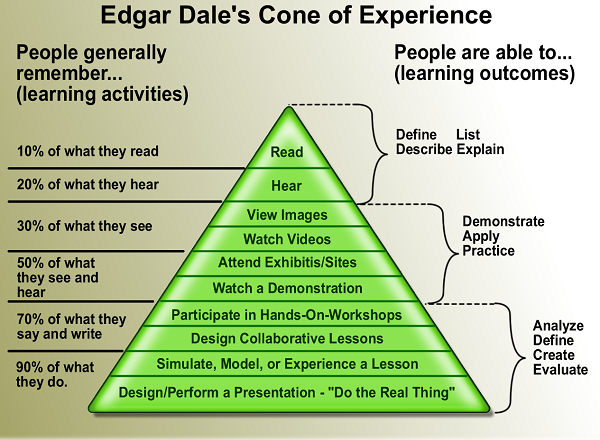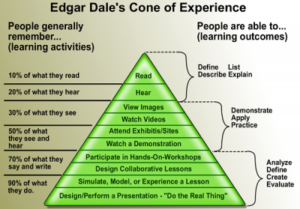This is a simple story accompanied by a gaggle of subplots. At a balcony level, the storyline takes us to a VR project underway at a laboratory school, a respected charter school that is associated with a major university.

The academic venture involves, in the words of the designers, an initial “pilot project to test the viability of 360° video in language acquisition (specifically Spanish)”, followed by a second year initiative empowering students “to create their own content to help them study and immerse themselves in their language courses”. To launch the project, 360° videos were filmed of the U.S.-Mexico border and picturesque Barcelona. The entire project at the University Laboratory School was supported by the Curriculum Research & Development Group (CRDG), an organized research unit at the University of Hawai‘i at M?noa.
Presenting at the ISTE 2017 conference, representatives of the CRDG highlighted the success of their project in this brief interview:
(The ISTE 2017 educational technology conference held in late June, with over 15,000 educators in attendance, is considered the largest ed-tech conference in the U.S. Every state and more than 72 countries were represented at this year’s ed-tech extravaganza.)
As is often the case, however, the real news for readers rests tucked away within the subplots. Here’s the real “story behind the story” of this academic foray into the world of virtual reality:
Student content creation. More and more we are hearing from the field that educators want students to construct virtual reality, not just watch or experience it. Most of the VR industry seems to assume the opposite is true. (To that end, the CRDG has developed and is currently testing a 360° video capture ‘backpack’ that can be used by students and teachers on the go. On location, if you will.)
Sound pedagogical underpinnings. The work at the University Laboratory School is grounded in sound pedagogical practice. Much of their work is based upon Dale’s Cone of Experience theory. To understand this theory, examine the chart below:

Although the VR industry seems to be focused on delivering the experiences found at the top of the pyramid, schools appear to be more interested in the bottom part of the pyramid. And for good reason. Note the learning benefits (on the left margin) that are traced as we spiral downwards on this pyramid. Virtual reality content developers and hardware platform developers should both become more aware of these different perceptions in value proposition. The question to be asked is: “Do our product use cases convey the values represented at the top of this pyramid or on its foundation layers?” Hmmm. Let’s put it this way: virtual reality plus sound pedagogy is far more sexy to educators than is virtual reality by its lonesome.
Moving beyond the math-science clog. It is refreshing to see that virtual reality content is now moving beyond the math and science stranglehold. In fact, at the ISTE 2017 ed-tech conference, the math-science logjam for most new and innovative technologies was really not all that apparent. It seemed like most of the emerging VR content was evolving in the areas of social studies and world language acquisition. Nice. Schools teach other subjects, too.
We get dizzy, too! I still remain dumbfounded at the number of educators that don’t know what to do about the “VR makes me sick” phenomenon. See the following item found in their project summary handout:
Gosh! No one is paying attention. Educators are still working in isolation, in their nicely detached silos. For some quick re-schooling on this topic, please see my recent Display Daily article, Avast Ye Mateys! A Pirates Guide to Virtual Reality.—Len Scrogan

